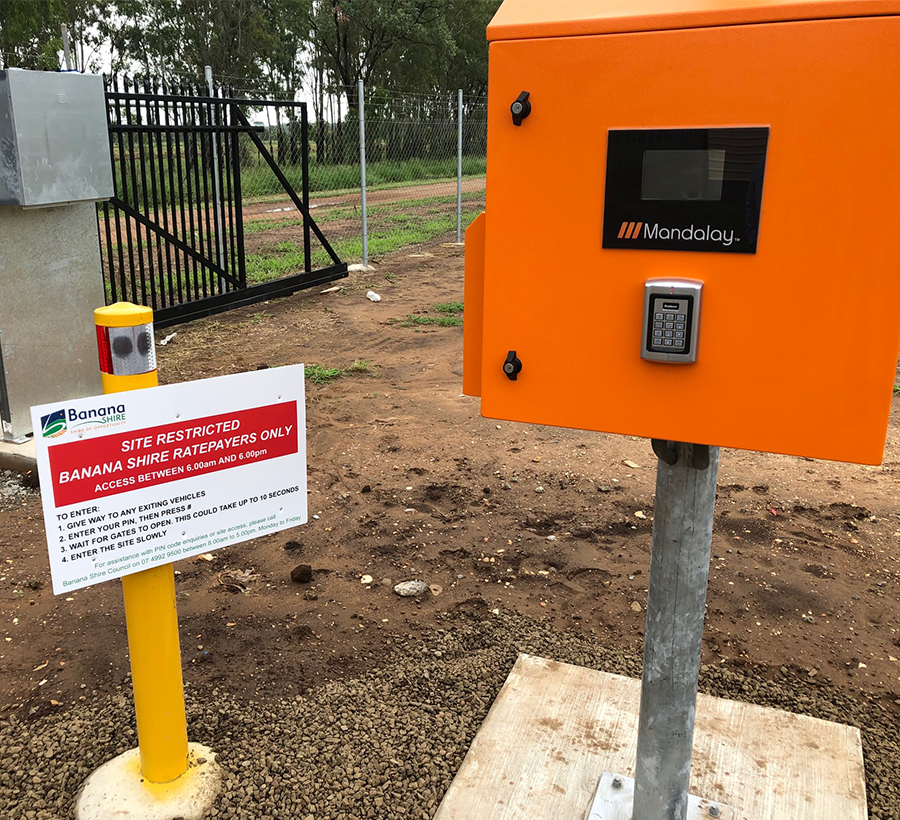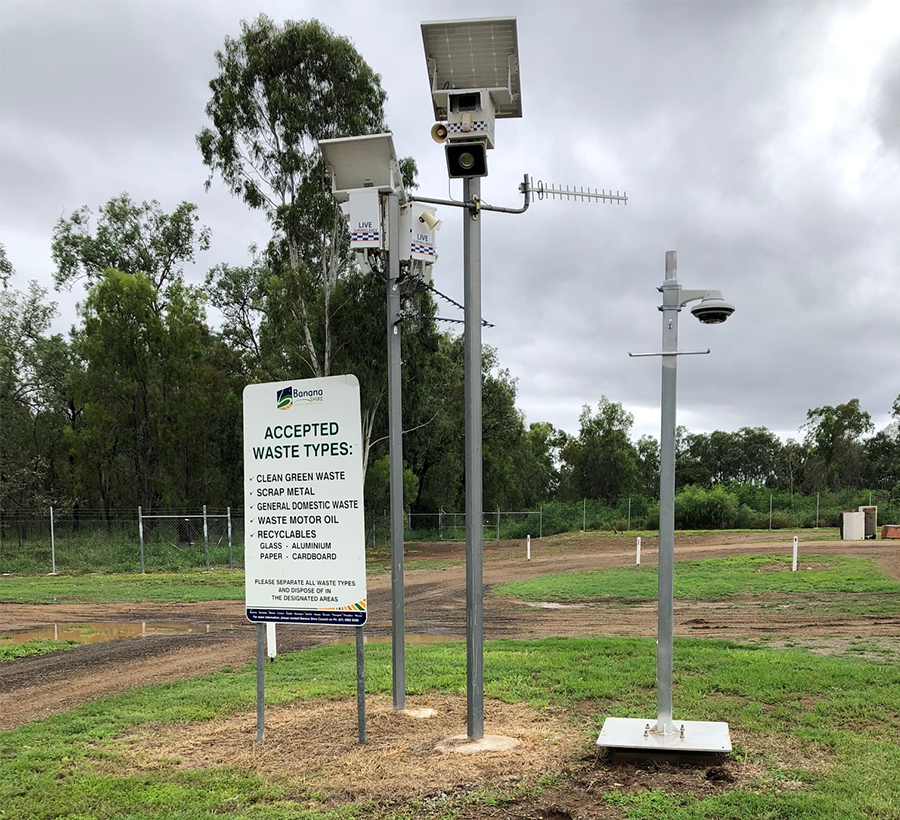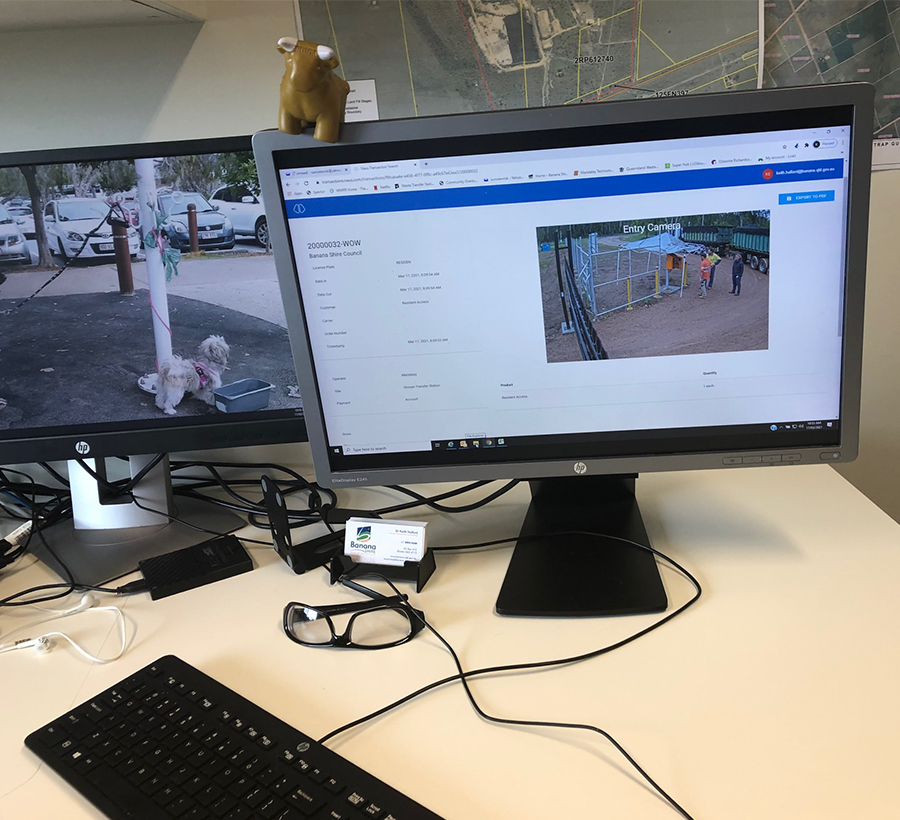By Robert Ferguson, LGAQ Lead Public Health and Waste
An enjoyable part of working for the LGAQ is the opportunity it presents to get out on the road and visit our members: local councils.
Our journeys take us far and wide across Queensland and I recently took up the opportunity to get up to date with Mayor Nev Ferrier and his executive team at Banana Shire Council.
These visits not only give us a chance for a good catch-up in their own backyard but also provide valuable insights and opportunities to showcase innovation in an environment often constrained by budgets and competing priorities.

The financial sustainability of local councils remains a priority for the LGAQ and the work of our Advocacy team. Councils continue to struggle with their viability and strive towards finding better ways to do more with less.
LGAQ Head of Advocacy Alison Smith says the recent report from the Queensland Audit Office (QAO) highlights the challenges facing local government.
“The Auditor-General found 25 councils are at a high risk of not being financially sustainable,” Alison said.
“The QAO report has pointed out councils’ financial performance has continued to deteriorate in 2020, exacerbated by additional expenditure associated with sustaining communities through COVID.
“Helping these councils chart a safe financial course is a top priority for the LGAQ and my team in particular. It’s why financial sustainability measures, and seeking to restore the popular Works For Queensland program to $100 million every year, were cental in our State Budget submission.”
In our travels we come across examples of innovation where councils punch well above their weight; where the solutions tackling their particular challenges present real outcomes not only for their own circumstance, but offer transportable value and efficiencies across many other council jurisdictions.

With the introduction of the Queensland waste levy in July 2019, many councils have had to spend considerable time, resources and funding to install costly infrastructure to meet their legislative responsibilities as part of the rollout of the levy and its monitoring and reporting regime.
The installation of weighbridges at landfill and transfer facilities is one such investment that involves an initial costly capital expenditure and additional ongoing operational expenses.
The staged rollout of infrastructure over several years has lessened the immediate financial burden on some councils, with smaller regional and rural landfills and transfer facilities not having to install infrastructure in the initial tranche of the levy commencement. However, smaller council facilities are required to find solutions to measure and report on waste data in a staged manner over the next few years, and to do this often involves the installation of expensive weighbridge technology.
Investing $300,000-$500,000 upfront for weighbridges does not make good sense for small facilities in order to meet their waste levy measuring and reporting requirements. Combined with additional ongoing operational expenses, it is not sustainable for many councils that have two, three, or more of these facilities. There must be a better way, right? It appears a council in Central Queensland may have found such a way.

Banana Shire Council faced this challenge head-on, deciding to upend the traditional thinking. It investigated an alternative solution that would bypass the need for the installation of costly weighbridge technology.
Council sought out a technology partner—Mandalay Technologies—and progressed investigation into the development of an unmanned facility solution with an objective of offering a cost-effective local waste management solution that did not require significant upfront capital investment and the costly ongoing operational expenditure.
I took the opportunity to visit the Wowan site in April and spent some time with Mandalay Technologies CEO Simon Kalinowski, who demonstrated the technology first hand.
Although innovative, this solution is so logical with its simplicity. Entry to a securely fenced site is through an automated gate with access granted via keypad entry. Each local resident is assigned a unique PIN code that allows their individual tracked access while also preventing unauthorised access to the facility. The site is securely monitored with an image capture system that records the entry and exit of all vehicles along with vehicle registration details.
This information is captured and stored centrally for ease of reporting requirements. Data can be interrogated to pick up any anomalies and verify the authenticity of vehicle movements, with further exploration of excessive entries from registered vehicles tracked by the unique PIN code system.
In case of loss of connectivity to the facility, access control panels store data locally until connectivity can be re-established. Solar panels can also provide additional supply of power for facilities that encounter difficulties in accessing services to rural and remote sites.
The State Government is committed to conduct a waste levy efficacy review this year and, as part of this review, will seek feedback on a number of key waste management obligations affecting local government including monitoring, surveying and reporting requirements, weighbridge measurements and calculations, annual payments to councils, relaxations and exemptions.
Currently, the waste levy legislation requires the staged rollout of weighbridge technologies, however it also acknowledges the opportunity to explore alternative and sustainable solutions.
Having the opportunity to review the current efficacy of the existing legislation and to advocate for more suitable fit-for-purpose solutions as viable alternatives will offer significant enhancements to the waste levy legislative arrangements.
The Wowan facility showcases a solution ‘beyond a weighbridge’, delivering an effective waste management solution with improved security, cost-effective automation, and visibility to councils while delivering an improved service to the local community.
Looking forward, this solution offers a great alternative and test case to challenge the existing legislative arrangements while still providing transparency of performance to the State Government.
Facts about Banana Shire
• Banana Shire covers 28,577 square kilometres—approximately the size of Belgium
• The Shire is actually named after a dun-coloured bullock named “Banana”
• Biloela is the Shire’s largest community
• Approximately 50 per cent of the Shire’s general waste comes from the rural waste transfer stations—11,000 tonnes per year
• Banana Shire Council believes approximately 35-40 per cent of this comes from outside the Shire as a result of illegal dumping
• Evidence shows the Shire has received waste from locations as far as Monto, Eidsfold, Gayndah, Roma, Chinchilla, Rockhampton, Morgan and Gracemere
• Banana Shire Council is developing a three-stage Waste Management Strategic Plan for the next five-, 10- and 20-year periods.